What Is Digital Rights Management?
Digital rights management is a strategy to protect copyrighted digital content and media from being stolen, shared, and sold illegally. The strategy can include DRM software, watermarks, and other technologies to limit its unauthorized spread.
DRM uses technology and technological systems to limit and prevent the illicit use of copyrighted material, including its illegal sharing, downloading, and distribution over telecommunication networks.
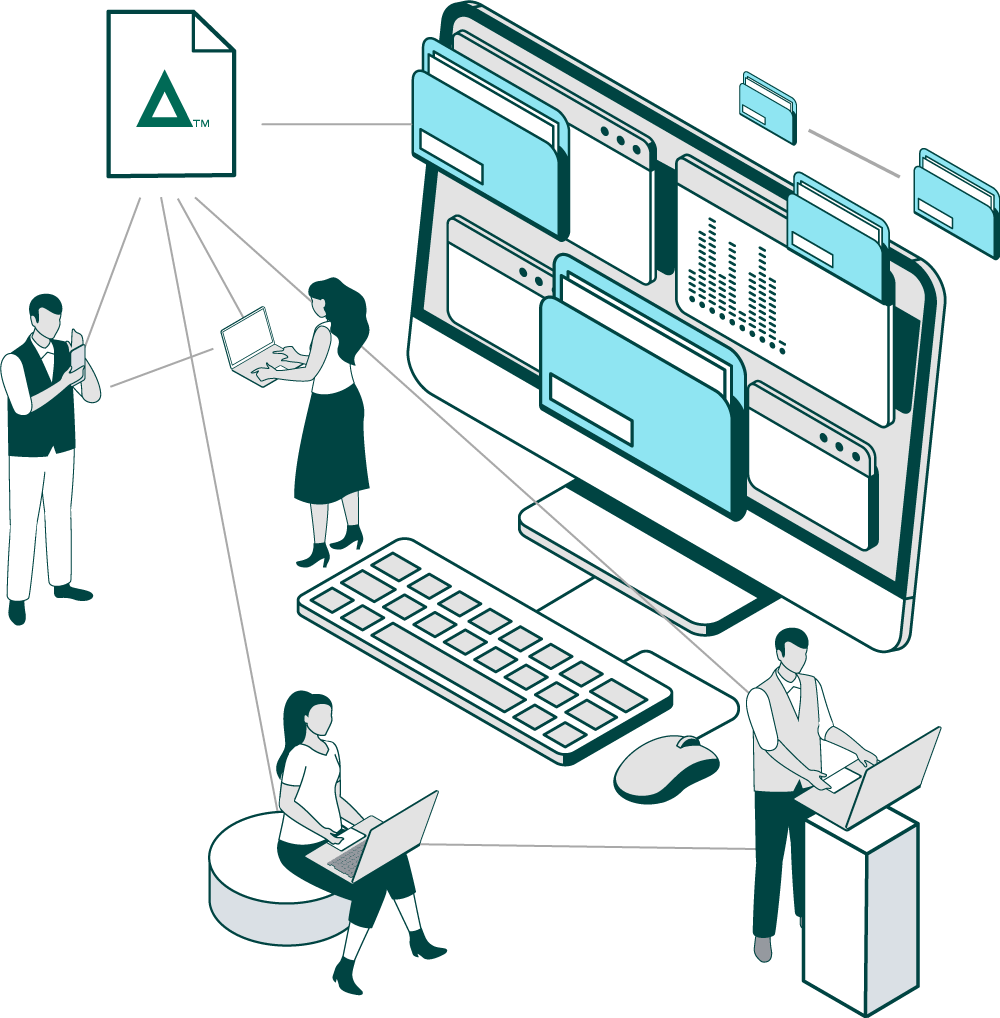
What Is the Goal of Digital Rights Management?
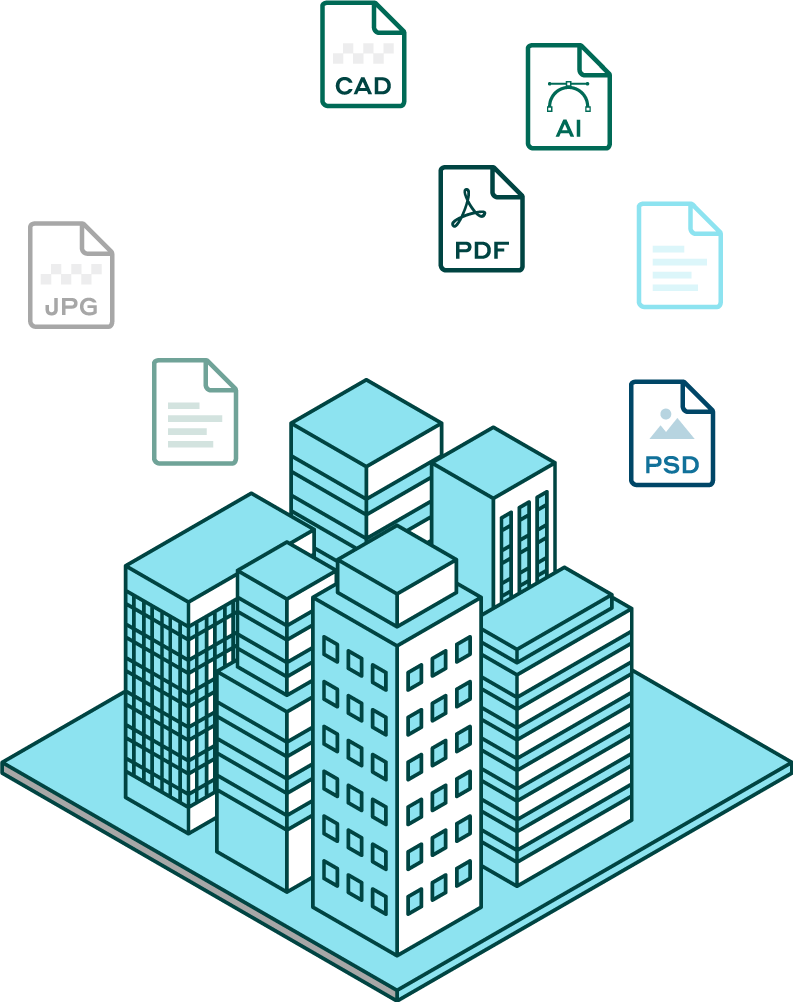
Protecting copyrighted material and, by extension, the rights of the copyright holder are vital to the health of the digital economy. DRM provides the means to control how a digital asset can be used once it’s outside the owner’s hands, such as the following:
- When and how a document or content can be accessed or viewed.
- How long the document or content can be viewed or accessed.
- Preventing the editing, saving, or otherwise modification of the content.
- Restricting and preventing the sharing or forwarding of the content to third parties.
- Curtailing the type of operations that can be performed or allowed on the content, like copying, printing, or taking screenshots.
- How many times said operations, like printing, is allowed.
The History of Digital Rights Management
Digital rights management grew out of the need to address the explosive growth in piracy after the advent of the internet, especially in the film and music industries.
Enforcing traditional copyright is difficult enough, but digitization fundamentally challenged copyright laws in two ways. First, it drastically reduced the cost of reproducing copyrighted material. With online mass communication, the large-scale distribution of pirated digital assets is virtually free of cost.
During the beginning of the Information Age in the late 1960s, companies like IBM were already pondering how to protect their software products by limiting “the piracy problem.”
The U.S. Digital Millennium Copyright Act of 1998 sought to rectify the challenges of copyright protection in a digital world. It did this by expanding an owner’s control of their copyright to encompass the digital forms of their creation. In essence, this law gave DRM a legal component.
In addition to making it illegal for anyone to circumvent DRM, it also outlawed the making and distribution of technology used to evade DRM and access copyrighted material.
However, the restrictions DRM imposes often frustrate the ability of legitimate users to enjoy the product they’ve purchased.
Why Is DRM Important?
DRM is vital for organizations because it enables them to control access to their copyrighted digital assets. The scope of control includes managing how the public uses its content, tracking those who have viewed it, and preventing piracy and unauthorized use.
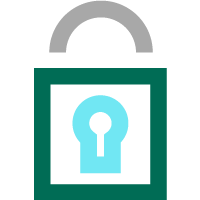
DRM Is Vital to Data Security
DRM can help organizations restrict access to sensitive documents. The restrictive technologies used in DRM also help to protect a company’s confidential information. DRM helps organizations, especially those in the healthcare or financial section to maintain regulatory compliance, especially with privacy standards regarding personally identifiable information.
When DRM technologies are in place, auditors and other investigators are better equipped to trace data leaks.
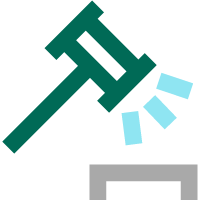
Provides Protection from Legal Liability
A prime objective of DRM is to provide copyright owners with control over what their customers can do with their creations. Hence, DRM provides a wide scope of protection by covering a huge swath of digital materials, ranging from e-books, music, video, software, and all sorts of proprietary information.
The copyright owners have a compelling need to protect their intellectual property because unauthorized use also has legal implications for them. As a result, DRM seeks to impede the copying of these assets without prior authorization. So, DRM is crucial for giving owners agency over their work, preventing their work from being used, changed, or altered in ways that weren’t originally intended.

Licensing Provisions and Agreements
The technology provided by DRM not only enables content creators to retain ownership of their work but also allows them to exert more control of their products. Licensing contracts and agreements legally specify what users can and cannot do with their creation.
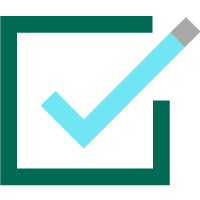
Ensures Compensation from Intellectual Property (IP)
The most obvious reason why DRM is important is that it helps protect the financial interests of copyright owners. This allows them to reap the rewards of their efforts and investments in innovation. One of the paramount ways DRM does this is by ensuring digital content or files aren’t distributed or pirated without due compensation to its authors, creators, and publishers.
How Does Digital Rights Management Work?
The essence of DRM is leveraging the power of technology to manage access to copyrighted artifacts. This need to protect digital content invariably requires transferring control to a software program or system to ensure it isn’t illegally distributed, modified without authorization, or otherwise abused in any way.
The foremost way DRM secures digital content is through encryption. Its important encryption is maintained both while the digital asset is at rest in storage or in transmission. Prior to its usage, the file containing the content is decrypted using private keys. This key management process also ensures the user and device have the right authorization to access the content.
In addition to encryption, other elements of DRM are necessary to ensure copyright protection is maintained.
Important Elements of Digital Rights Management
Essentially, DRM, as a response to online piracy, maintains certain components that make it effective.
Copy Protection
Copy protection has various synonyms such as copy prevention, content protection, and copy restriction. It points to the basic foundation of DRM: the measures developed to enforce copyright protection from unauthorized usage or distribution. Although copy protection encompasses analog methods, in the digital age, this means using digital tactics to prevent software piracy.
Permissions Management
While protecting content is at the core of DRM, allowing content creators control over how their intellectual property is used is also a cardinal principle. With permissions management, DRM copyright owners maintain permission on who has the right to use their work, including what that permission entails and translates to.
Permission management empowers content owners to grant access to only authorized users and revoke access at any time.
What Features Should I Look for in DRM Software?
There’s no one-size-fits-all when it comes to DRM software. However, there are several overriding features that should guide your selection of DRM software, such as the following:
Encryption and Content Protection
The best DRM software provides you with strong content protection and this starts with encryption. For enterprise-grade quality, AES 256-bit encryption is the favored industry standard, which is also adopted by government agencies. In addition to the type of encryption algorithm used, the encryption key length is also an important factor in creating military-grade DRM security.
Other questions to pose regarding encryption are:
- Is it disk-level or file-level encryption that’s being applied?
- Where does the DRM software encrypt your documents (on the desktop, on-premises, or on the cloud?), and what is the fate of raw unencrypted files?
- Are documents encrypted in advance or “on-the-fly”?
Watermarks
Another factor to consider in DRM protection is the use of watermarks. Although watermarks aren’t always restrictive enough because they can be circumvented, they’re still a vital feature in deterring copyright infringement.
The best watermark features use dynamic watermarking to incorporate identifying information like the legitimate user’s ID, name, company, and so on.
User Access Control
User access control gives content owners the ability to control and determine the level of access users have to their products.
The more granular UAC a DRM software provides, the more opportunity it gives content owners for monetization through multitiered pricing models. As a content owner, this offers you more flexibility to devise different revenue-generating content for different audiences, with diverse membership plans and multilayered subscriptions.
A comprehensive access rights management for a DRM software should encompass the following restrictions and limits:
- Start date – the initial date a user can view a document or access the content.
- Expiration limits – A specific date or duration of days after which access to content will expire.
- Open limits – the maximum number of times a user can open or view content.
- Print limits – the maximum number of times a user can print a document.
- Geographic limits – This uses a variation or combination of country, region, state, IP address, or range of IP addresses to restrict access to copyrighted content.
Licensing Control
There isn’t any standard DRM architecture. However, you should look for the presence of DRM techniques that provide you with a wide breadth of strategies to protect your copyright.
Some of these include restrictive or copyleft licensing. Restrictive licensing allows people to change or modify the licensed code, in addition to distributing new works based on it. However, you must distribute this new adaptation under the original software license.
The best-known example of this is the popular GPL licensing. Any derivative work or software created under GPL is always open-source and free. This limits its use for commercial work since you have no IP rights to your own code.
DRM Use Cases
DRM technology is essentially used as a digital asset management platform to protect media and entertainment content.
The Main Advantage of Using Digital Rights Management
Copyright owners face an uphill task in preventing piracy because of the cheap and widely available tools for weakening copyright protection. DRM is necessary to combat the numerous avenues and tools available for illegally spreading digital content like torrent sites and peer-to-peer exchanges. But as equally important is the legal teeth that has accompanied DRM to punish those who attempt to violate and circumvent it.
In What Ways Can I Use DRM to Protect Digital Media?
DRM vs. Digital Asset Management vs. Product Information Management
What is DAM?
A digital assets management platform (DAM) is a software solution for centralizing a company’s digital assets, so a systematic and efficient approach can be used to organize, store, retrieve, and manage assets. It doubles as both an information management technology and a business process.
DAM is more limited in scope than DRM because it focuses on organization usage. However, it’s only concerned with a company’s nonproduct-focused assets.
What is PIM?
Product information management is a business process used to manage all product information required to facilitate marketing and sales through distribution channels. PIM enriches an organization’s product data through synchronization, standardization, and data validation. This ultimately ensures the product information sent to business partners and customers is comprehensive.
Commonalities Between DAM and PIM
One of the reasons PIM and DAM concepts are interlinked is because PIM systems share the same functionality as DAM. They both function as a central repository that’s easily accessible as a database. Hence, they act as a single source or version of truth for a company’s digital assets (in the case of PIM, as a marketing asset). While DRM is concerned with copyright protection through technology, PIM and DAM are mainly about managing content. Until recently DRM used to be regarded as a distinct category. However, DRM is quickly being collapsed into DAM.
What Is the Future of DRM?
Technology and cybersecurity trends, in addition to changing customer habits, will dictate the future of the DRM space. There is talk about utilizing blockchain technology to fight piracy with DRM to potentially achieve rapid detection of piracy. The strategy is to turn everyone into a piracy detection agent by creating a decentralized network of globalized, leak-detection agents. In turn, these individual agents will play a role in identifying and detecting pirated content.
The future of DRM will most likely continue to revolve around the issues of control and usability. Though DRM has evolved with better methods to fly under the radar, there are ongoing issues on how intrusive it has to be in order to supply copyright protection without downgrading user experience. There is always going to be some form of tension between maintaining intellectual property rights and the rights of consumers with their purchased property.
Copyright owners want DRM maintained because there’s too much money at stake. However, they must still grapple with alienating their users with too many DRM restrictions. This tradeoff likely won’t disappear in the future.
Vera is now Digital Guardian Secure Collaboration
Learn how Digital Guardian Secure Collaboration can help your organization protect its most sensitive data.